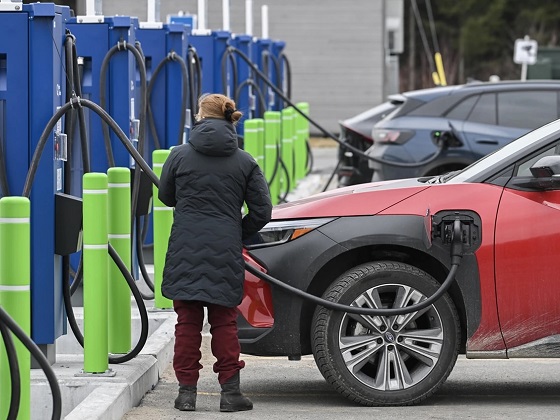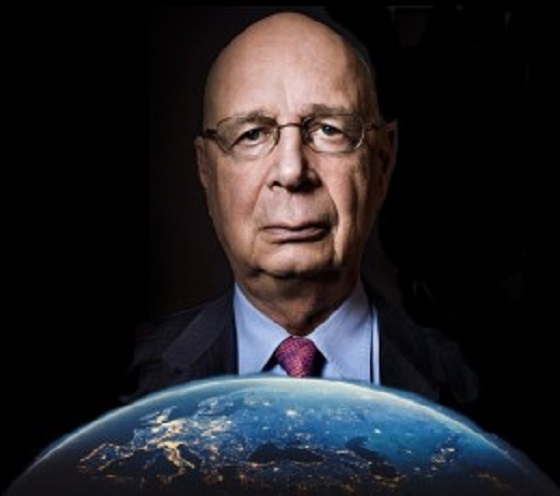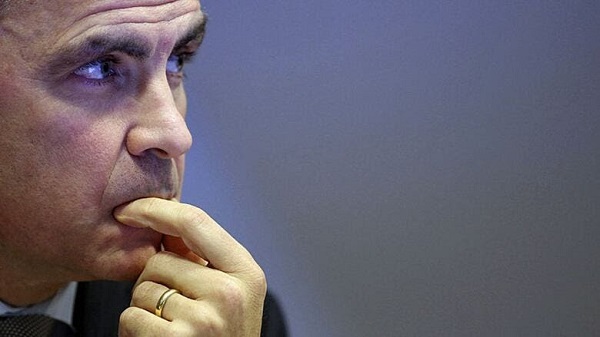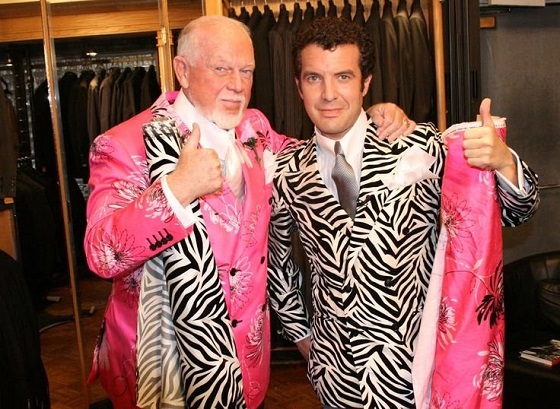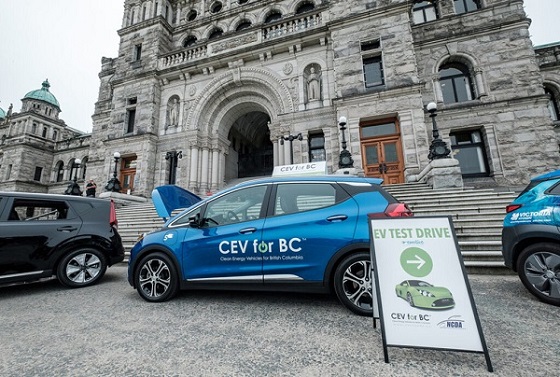Energy
Unpacking the Growing Cost of Home Heating Bills
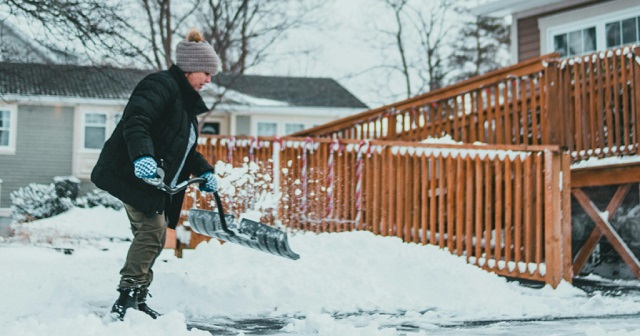
From EnergyNow.ca
By
Bills are one of life’s certainties, and in Canada, so is winter. When combined, the two add up to a growing affordability crisis across the country.
Lots has been said about the rising cost of daily essentials such as groceries and gas, but another factor weighing heavily on Canadians’ pocketbooks is the cost of heating their homes.
According to data from Statistics Canada:
- 15% of Canadians reduced or had to forgo necessities such as food or medicine for at least one month to pay an energy bill last year. To put that in perspective, based on the number of households there are in Canada today, roughly 2.5 million households had to forgo necessities in 2023.
- 14% of Canadian households kept their home at an unsafe or uncomfortable temperature because of unaffordable heating costs (approximately 2.3 million households).
- High energy prices also caused 10% of Canadian households (approximately 1.7 million households) to be late or unable to pay their energy bills in the past year.
In total, nearly 27% of households (4.5 million households) said it was difficult, or very difficult to meet financial needs in the second quarter of 2023.
These numbers concern us, and we know they are also a big concern for women across Canada who have told us they are adjusting their living conditions to keep costs down.
Engaged women are making trade-offs
Hilary Krauss, a 28-year-old who lives with her partner Mitch in Vancouver, told us that their apartment setting is now fixed at an “affordable” temperature, and they are now bundling up and adding layers of clothing to compensate for lower house temperatures.
Even those who can currently afford their heating bill are considering investing in technology such as solar panels to lower home heating costs over time.
“I want energy security and care about the environment,” said Angela Chung, a Calgary woman who told us she pays $400 per month for her utility bill. “The heating costs for my modest home are exorbitant. If I invest in solar panels, it will have an upfront cost. But I may break even in a decade, saving money in the long run.”
With costs ballooning, and concerns rising about affordability, that drove us to ask what exactly we are paying for in our energy bills.
Taxes are driving up energy costs
The three main components of your heating bill are energy charges, delivery and administration (what you pay utility companies), and various government taxes, including the federal carbon tax.
- Used energy (GJ or KWH)
The gigajoules or kilowatt hours of energy you used in the billing period. (This number can be an estimate or exact number.) - Delivery charges
Delivery charges include fixed and variable costs based on the length of your billing period and natural gas consumption. Both charges are often summed on your heating bill under “Delivery Total.” - Rate riders
Provincial utility commissions approve temporary charges/credits. Rate riders adjust for under/over collection of approved costs. - Transmission charge
A fee for accessing high-voltage wires and towers to transmit power from generation plants to distribution systems. - Federal carbon tax
A federal government tax on natural gas consumption.
These numbers vary across Canada based on different energy and home heating sources, so we collected bills from people in Alberta (Calgary and Sylvan Lake), Ontario (Barrie and Whitby) and British Columbia (Vancouver and Victoria) to compare.
Here’s what we found.
(1) Energy cost varies by province, and are rising every year
Just over half of Canadian households that reported having a primary heating system use a forced air furnace (51%) and one quarter (25%) use electric baseboard heaters, so we focused on these two sources.
Of the bills we looked at, people are paying an average of $135 per month to heat their home. With natural gas, the average winter month costs $160, compared to $110 with electricity.
Canadians are facing increased costs year-over-year for both natural gas (up 23.7% in 2023 over the year before), and electricity (up 1.6% in 2023).
The cost of electricity varies across Canada and can be a challenge to compare because there is a wide variation in market and rate structures.
Some provinces use tiered rates that increase or decrease based on usage, some provinces use flat-rate billing, and Ontario uses time-of-use rates where peak hours are billed at a higher rate than off-peak hours.
According to Statista, the average cost per kilowatt hour (kWh) for electricity in Canada is 19.2 cents, with the Northwest Territories paying the most, and Quebec paying the least per kWh.

(2) The carbon tax is nearly doubling home heating costs
The bills we examined show that the carbon tax accounts for 30% of heating costs for those who heat their homes with forced air furnaces that use natural gas.
In Alberta, for example, it costs about $1.80 per gigajoule (GJ) of natural gas, and an additional $3.33 per GJ in carbon tax. This means the tax is greater than the actual energy cost, nearly doubling the cost of a monthly bill.
For every $1 an Ontarian spends on natural gas, they pay an extra $1.66 on the carbon tax, according to the bills we examined. Again, the cost of the carbon tax is greater than the cost of energy used.

In Eastern Canada where home heating oil is the most used heating source, the carbon tax has been exempted (a fairness issue we’ve already explored in depth) so we have excluded it from this analysis.
Carbon tax increases will raise cost further
The federal carbon tax is set to increase by 23% on April 1, 2024, and it will rise every year until it nearly triples by 2030 over today’s rate.
The federal carbon tax was intended to incentivize people to consume less oil and gas, but we know from our national research that more than half of engaged women (52%) feel it isn’t working because it isn’t changing behaviour. It’s also putting undue pressure on remote and rural communities where alternative energy sources are not available.
Home heating is a necessity, not a luxury, and many Canadians do not have options on how they heat their home. With 46% of engaged women across Canada telling us they are concerned about energy affordability, it begs the question: Do you think what you pay for home heating is fair?
Let us know what you think about rising heating costs and these findings, and reach out to tell us how you’re managing the rising cost of living.
Economy
Trump opens door to Iranian oil exports

This article supplied by Troy Media.
U.S. President Donald Trump’s chaotic foreign policy is unravelling years of pressure on Iran and fuelling a surge of Iranian oil into global markets. His recent pivot to allow China to buy Iranian crude, despite previously trying to crush those exports, marks a sharp shift from strategic pressure to transactional diplomacy.
This unpredictability isn’t just confusing allies—it’s transforming global oil flows. One day, Trump vetoes an Israeli plan to assassinate Iran’s supreme leader, Ayatollah Khamenei. Days later, he calls for Iran’s unconditional surrender. After announcing a ceasefire between Iran, Israel and the United States, Trump praises both sides then lashes out at them the next day.
The biggest shock came when Trump posted on Truth Social that “China can now continue to purchase Oil from Iran. Hopefully, they will be purchasing plenty from the U.S., also.” The statement reversed the “maximum pressure” campaign he reinstated in February, which aimed to drive Iran’s oil exports to zero. The campaign reimposes sanctions on Tehran, threatening penalties on any country or company buying Iranian crude,
with the goal of crippling Iran’s economy and nuclear ambitions.
This wasn’t foreign policy—it was deal-making. Trump is brokering calm in the Middle East not for strategy, but to boost American oil sales to China. And in the process, he’s giving Iran room to move.
The effects of this shift in U.S. policy are already visible in trade data. Chinese imports of Iranian crude hit record levels in June. Ship-tracking firm Vortexa reported more than 1.8 million barrels per day imported between June 1 and 20. Kpler data, covering June 1 to 27, showed a 1.46 million bpd average, nearly 500,000 more than in May.
Much of the supply came from discounted May loadings destined for China’s independent refineries—the so-called “teapots”—stocking up ahead of peak summer demand. After hostilities broke out between Iran and Israel on June 12, Iran ramped up exports even further, increasing daily crude shipments by 44 per cent within a week.
Iran is under heavy U.S. sanctions, and its oil is typically sold at a discount, especially to China, the world’s largest oil importer. These discounted barrels undercut other exporters, including U.S. allies and global producers like Canada, reducing global prices and shifting power dynamics in the energy market.
All of this happened with full knowledge of the U.S. administration. Analysts now expect Iranian crude to continue flowing freely, as long as Trump sees strategic or economic value in it—though that position could reverse without warning.
Complicating matters is progress toward a U.S.-China trade deal. Commerce Secretary Howard Lutnick told reporters that an agreement reached in May has now been finalized. China later confirmed the understanding. Trump’s oil concession may be part of that broader détente, but it comes at the cost of any consistent pressure on Iran.
Meanwhile, despite Trump’s claims of obliterating Iran’s nuclear program, early reports suggest U.S. strikes merely delayed Tehran’s capabilities by a few months. The public posture of strength contrasts with a quieter reality: Iranian oil is once again flooding global markets.
With OPEC+ also boosting output monthly, there is no shortage of crude on the horizon. In fact, oversupply may once again define the market—and Trump’s erratic diplomacy is helping drive it.
For Canadian producers, especially in Alberta, the return of cheap Iranian oil can mean downward pressure on global prices and stiffer competition in key markets. And with global energy supply increasingly shaped by impulsive political decisions, Canada’s energy sector remains vulnerable to forces far beyond its borders.
This is the new reality: unpredictability at the top is shaping the oil market more than any cartel or conflict. And for now, Iran is winning.
Toronto-based Rashid Husain Syed is a highly regarded analyst specializing in energy and politics, particularly in the Middle East. In addition to his contributions to local and international newspapers, Rashid frequently lends his expertise as a speaker at global conferences. Organizations such as the Department of Energy in Washington and the International Energy Agency in Paris have sought his insights on global energy matters.
Troy Media empowers Canadian community news outlets by providing independent, insightful analysis and commentary. Our mission is to support local media in helping Canadians stay informed and engaged by delivering reliable content that strengthens community connections and deepens understanding across the country.
Canadian Energy Centre
Alberta oil sands legacy tailings down 40 per cent since 2015
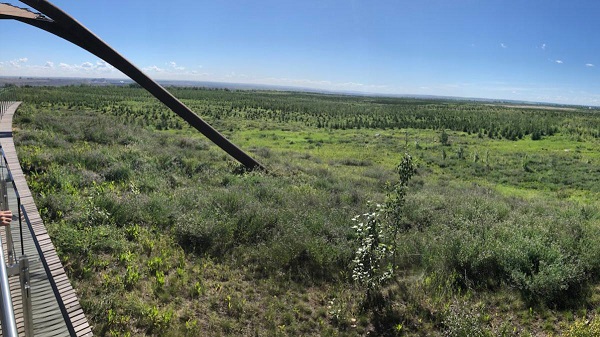
Wapisiw Lookout, reclaimed site of the oil sands industry’s first tailings pond, which started in 1967. The area was restored to a solid surface in 2010 and now functions as a 220-acre watershed. Photo courtesy Suncor Energy
From the Canadian Energy Centre
By CEC Research
Mines demonstrate significant strides through technological innovation
Tailings are a byproduct of mining operations around the world.
In Alberta’s oil sands, tailings are a fluid mixture of water, sand, silt, clay and residual bitumen generated during the extraction process.
Engineered basins or “tailings ponds” store the material and help oil sands mining projects recycle water, reducing the amount withdrawn from the Athabasca River.
In 2023, 79 per cent of the water used for oil sands mining was recycled, according to the latest data from the Alberta Energy Regulator (AER).
Decades of operations, rising production and federal regulations prohibiting the release of process-affected water have contributed to a significant accumulation of oil sands fluid tailings.
The Mining Association of Canada describes that:
“Like many other industrial processes, the oil sands mining process requires water.
However, while many other types of mines in Canada like copper, nickel, gold, iron ore and diamond mines are allowed to release water (effluent) to an aquatic environment provided that it meets stringent regulatory requirements, there are no such regulations for oil sands mines.
Instead, these mines have had to retain most of the water used in their processes, and significant amounts of accumulated precipitation, since the mines began operating.”
Despite this ongoing challenge, oil sands mining operators have made significant strides in reducing fluid tailings through technological innovation.
This is demonstrated by reductions in “legacy fluid tailings” since 2015.
Legacy Fluid Tailings vs. New Fluid Tailings
As part of implementing the Tailings Management Framework introduced in March 2015, the AER released Directive 085: Fluid Tailings Management for Oil Sands Mining Projects in July 2016.
Directive 085 introduced new criteria for the measurement and closure of “legacy fluid tailings” separate from those applied to “new fluid tailings.”
Legacy fluid tailings are defined as those deposited in storage before January 1, 2015, while new fluid tailings are those deposited in storage after January 1, 2015.
The new rules specified that new fluid tailings must be ready to reclaim ten years after the end of a mine’s life, while legacy fluid tailings must be ready to reclaim by the end of a mine’s life.
Total Oil Sands Legacy Fluid Tailings
Alberta’s oil sands mining sector decreased total legacy fluid tailings by approximately 40 per cent between 2015 and 2024, according to the latest company reporting to the AER.
Total legacy fluid tailings in 2024 were approximately 623 million cubic metres, down from about one billion cubic metres in 2015.
The reductions are led by the sector’s longest-running projects: Suncor Energy’s Base Mine (opened in 1967), Syncrude’s Mildred Lake Mine (opened in 1978), and Syncrude’s Aurora North Mine (opened in 2001). All are now operated by Suncor Energy.
The Horizon Mine, operated by Canadian Natural Resources (opened in 2009) also reports a significant reduction in legacy fluid tailings.
The Muskeg River Mine (opened in 2002) and Jackpine Mine (opened in 2010) had modest changes in legacy fluid tailings over the period. Both are now operated by Canadian Natural Resources.
Imperial Oil’s Kearl Mine (opened in 2013) and Suncor Energy’s Fort Hills Mine (opened in 2018) have no reported legacy fluid tailings.
Suncor Energy Base Mine
Between 2015 and 2024, Suncor Energy’s Base Mine reduced legacy fluid tailings by approximately 98 per cent, from 293 million cubic metres to 6 million cubic metres.
Syncrude Mildred Lake Mine
Between 2015 and 2024, Syncrude’s Mildred Lake Mine reduced legacy fluid tailings by approximately 15 per cent, from 457 million cubic metres to 389 million cubic metres.
Syncrude Aurora North Mine
Between 2015 and 2024, Syncrude’s Aurora North Mine reduced legacy fluid tailings by approximately 25 per cent, from 102 million cubic metres to 77 million cubic metres.
Canadian Natural Resources Horizon Mine
Between 2015 and 2024, Canadian Natural Resources’ Horizon Mine reduced legacy fluid tailings by approximately 36 per cent, from 66 million cubic metres to 42 million cubic metres.
Total Oil Sands Fluid Tailings
Reducing legacy fluid tailings has helped slow the overall growth of fluid tailings across the oil sands sector.
Without efforts to reduce legacy fluid tailings, the total oil sands fluid tailings footprint today would be approximately 1.6 billion cubic metres.
The current fluid tailings volume stands at approximately 1.2 billion cubic metres, up from roughly 1.1 billion in 2015.
The unaltered reproduction of this content is free of charge with attribution to the Canadian Energy Centre.
-
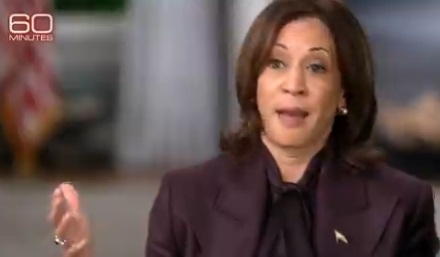
 International2 days ago
International2 days agoCBS settles with Trump over doctored 60 Minutes Harris interview
-

 Crime1 day ago
Crime1 day agoBryan Kohberger avoids death penalty in brutal killing of four Idaho students
-
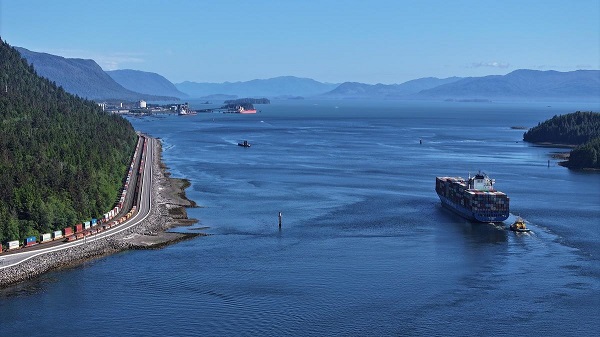
 Business2 days ago
Business2 days agoWhy it’s time to repeal the oil tanker ban on B.C.’s north coast
-
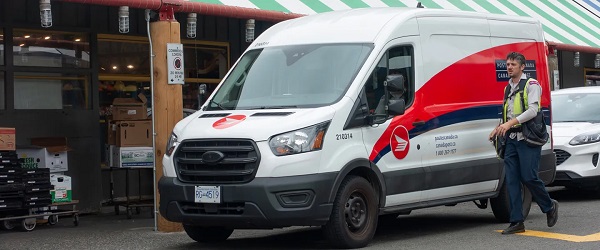
 Business2 days ago
Business2 days agoLatest shakedown attempt by Canada Post underscores need for privatization
-
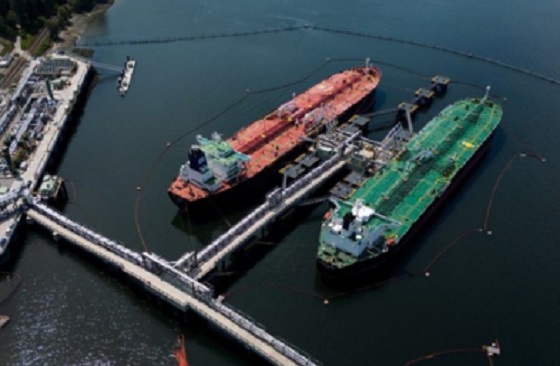
 Energy2 days ago
Energy2 days agoIf Canada Wants to be the World’s Energy Partner, We Need to Act Like It
-
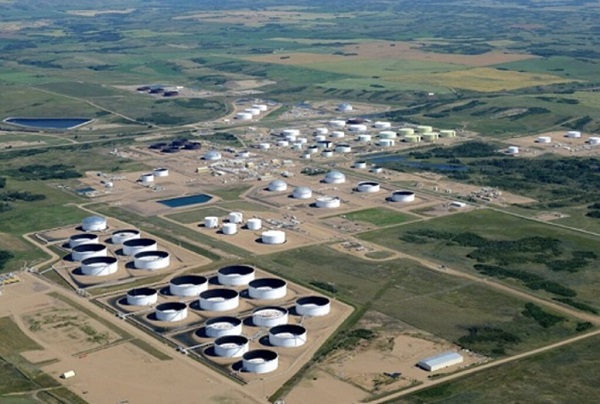
 Alberta2 days ago
Alberta2 days agoPierre Poilievre – Per Capita, Hardisty, Alberta Is the Most Important Little Town In Canada
-

 MxM News2 days ago
MxM News2 days agoUPenn strips Lia Thomas of women’s swimming titles after Title IX investigation
-
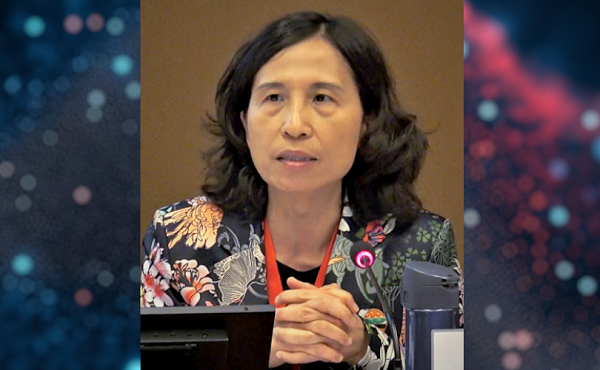
 COVID-191 day ago
COVID-191 day agoTop COVID doctor given one of Canada’s highest honors







